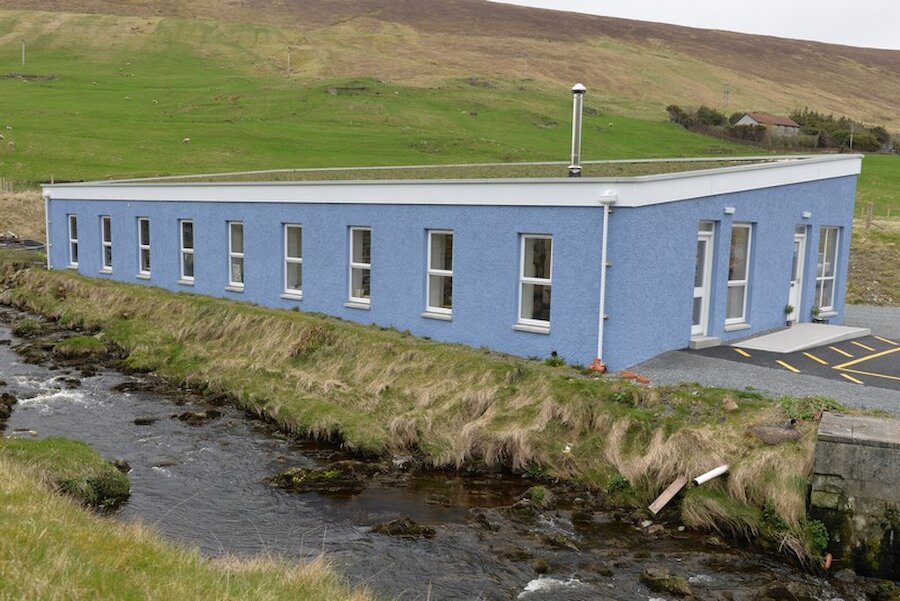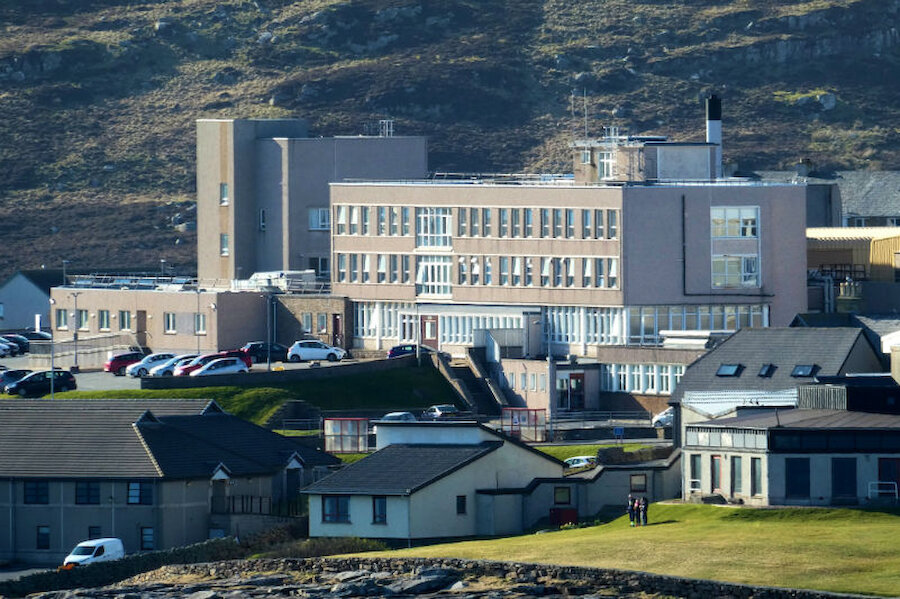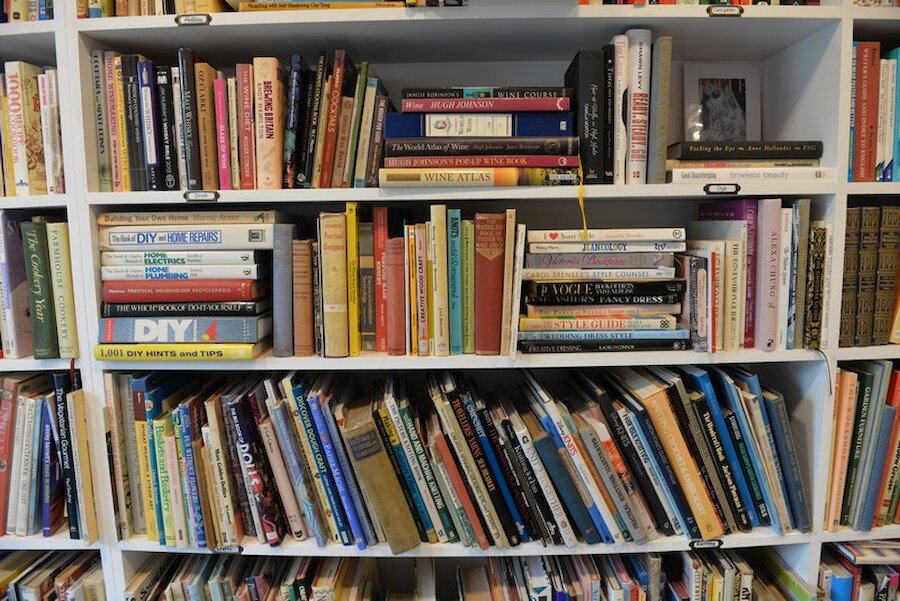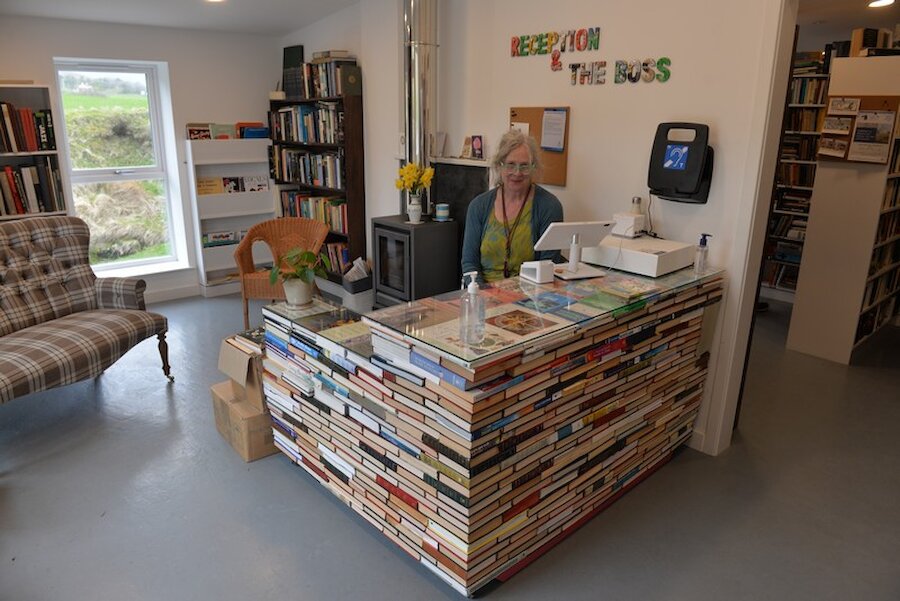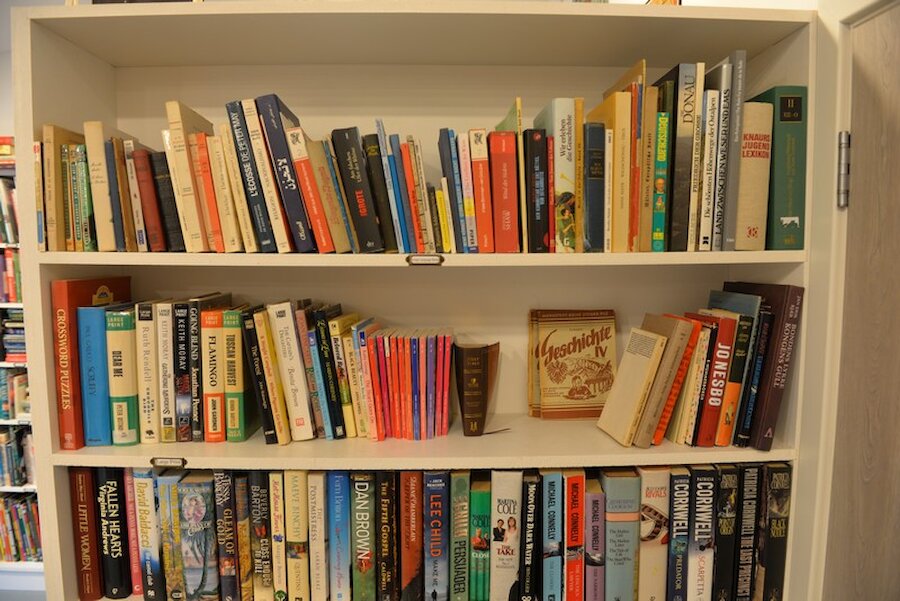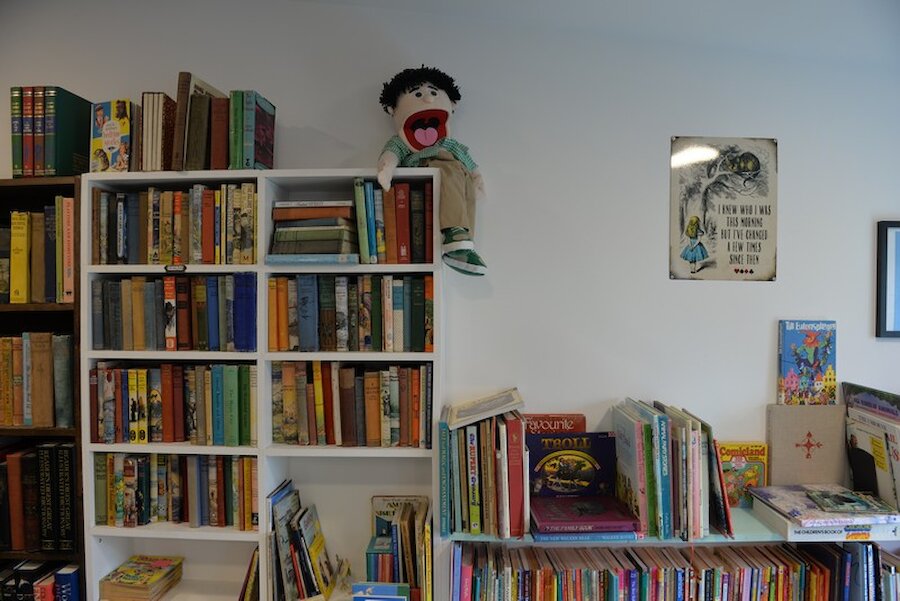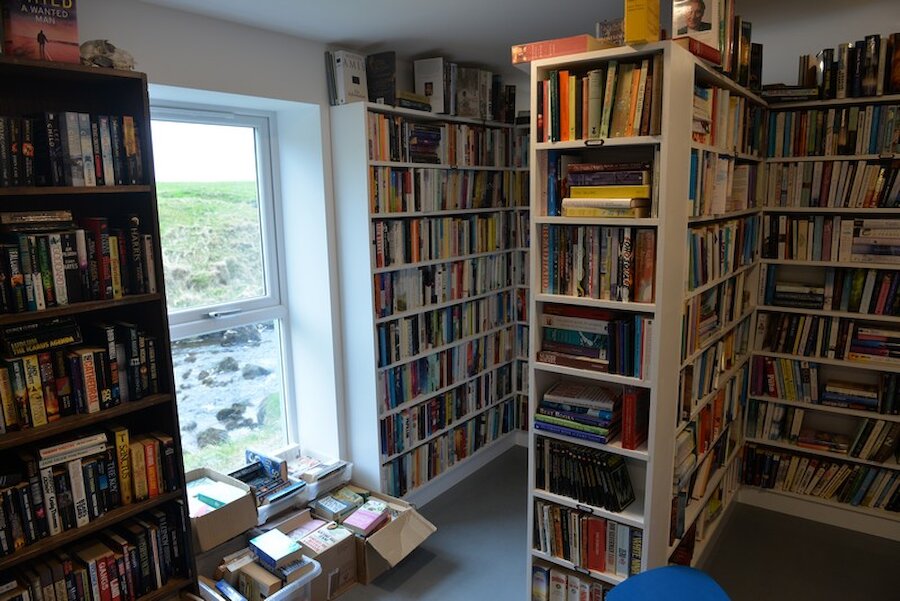Part of Shetland’s appeal for her was that, in medicine, “I think it’s a really interesting place. It depends on what sort of medicine you’re doing, obviously; you can’t come here and be a neurosurgeon, or something like that. It’s small and you don’t see a lot of any one thing, clinically. But you see a big range of everything. You’re working in a small team, so it’s very hands-on; and that applies to Public Health, too.”
Sarah contrasts this with Birmingham, where “you’ve got a big team underneath you, and most of what you’re doing is managing people. Now, I enjoy managing people, but I wanted to do hands-on public health as well.”
Another part of Shetland’s attraction for a clinician is that “here, you still get a real continuity of care, and that’s harder to find in other places, where you hand a patient on to a specialist unit very quickly. In a place like this, you get to know your patients, you see them all the way through. When you’re in hospital, or as a GP, you have a relationship with the patient that, in many places, has been lost. It’s not for everybody, clearly, and that’s true of living here. But working here is a great pleasure and, professionally, it’s very interesting.
Overall, Sarah feels that the move north came at the right time for them; the older children did take longer to adjust, though two of them are now settled very happily in Shetland. Jim didn’t move immediately, staying on in Birmingham for about six months, but he, too, found a job and “we wouldn’t want to be anywhere else now.”

